Thanks to their ability to enhance product aesthetics and functionality, flocking machines have become increasingly popular in recent years, benefiting the automotive, crafts, textiles, packaging, and consumer electronics industries. However, with many manufacturers offering flocking machines, it can be tricky to find the perfect one for your needs.
In this guide, we will explore the different types of flocking machines and discuss key factors to consider when purchasing. We will also dig deeper into the current global market for flocking machines.
Table of Contents
Overview of the flocking machines market
Types of flocking machines
How to purchase the ideal flocking machine
Conclusion
Overview of the flocking machines market
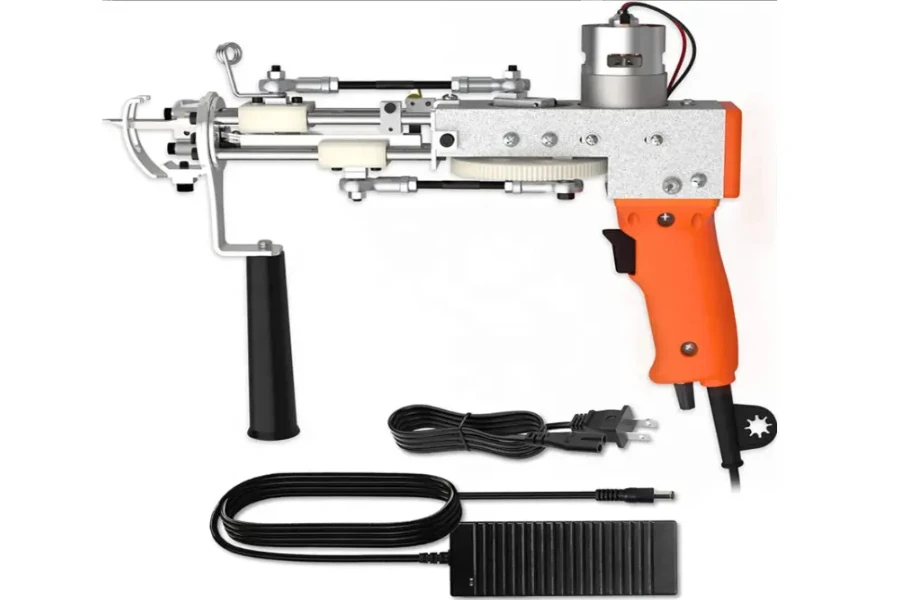
The flocking machine market has seen remarkable growth and expansion in recent years. These machines are now used in various industries, resulting in a growing demand for them as well as increased competition manufacturers, with many diverse options now available. While the seemingly endless choices may be confusing for first-time buyers, they’re also now fortunate to have access to advanced technologies, innovative features, and a wide range of prices, providing ample options to meet their needs and preferences.
Regions with a particularly high demand for flocking machines include North America, the Asia-Pacific, Latin America, the Middle East, Africa, and Europe.
Types of flocking machines
1. Electrostatic flocking machines
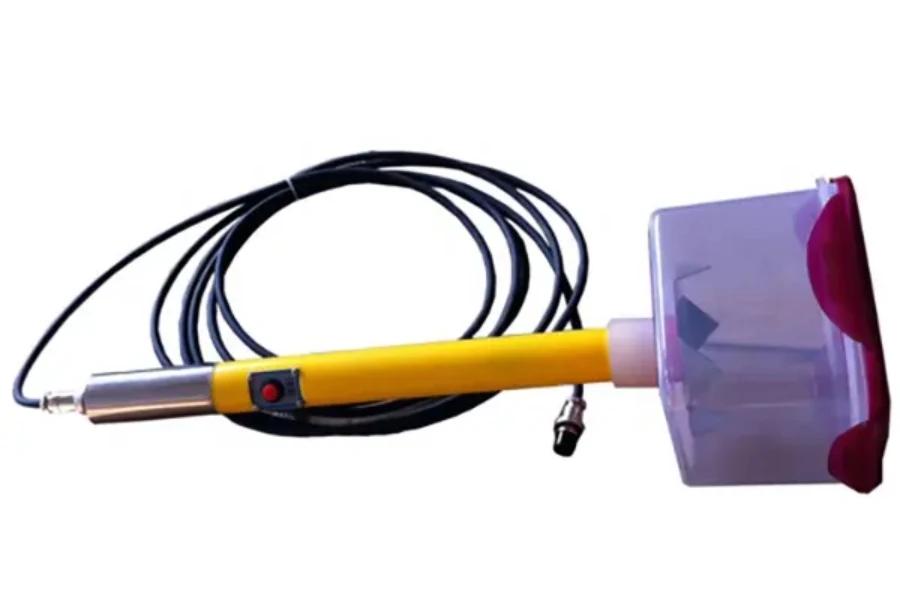
Electrostatic flocking machines make use of electrostatics – the employment of static electricity to charge the fibers – to create a magnetic attraction between the charged fibers and the target surface. Usually, the grounded surface receives the charged fibers through spraying, ensuring a smooth and precise dispersion of the flock. The exceptional quality and uniformity of flocking achieved with electrostatic flocking machines has made them popular in the textiles, automotive, and crafts industries.
2. Air-assisted flocking machines
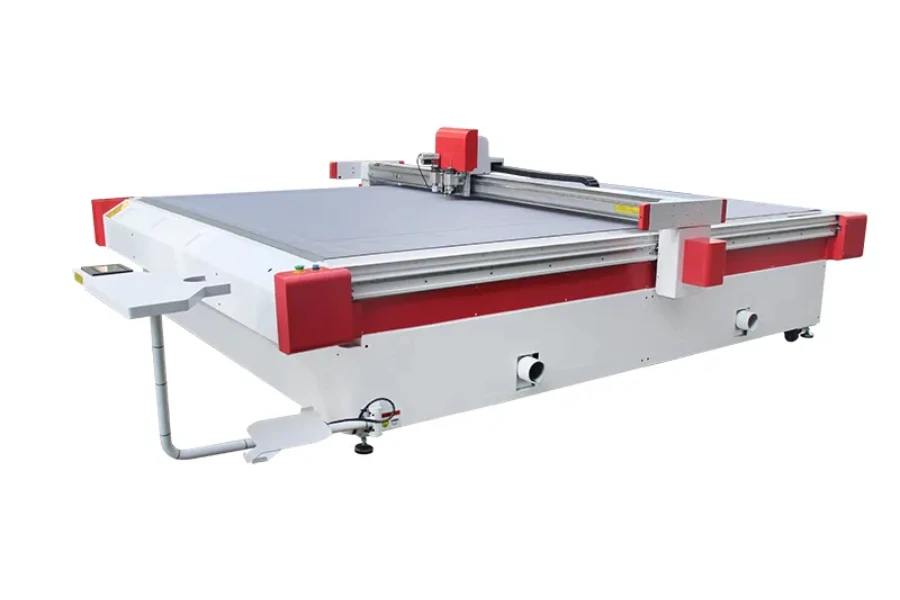
Air-assisted flocking machines utilize compressed air to propel flocking fibers onto the desired surface. They are equipped with a nozzle or spray gun that releases a combination of fibers and compressed air. The air pressure aids in the even dispersion of the fibers, ensuring a controlled and precise application. This feature provides versatility, making air-assisted flocking machines suitable for small and large-scale flocking tasks.
3. Rotary flocking machines

Rotary flocking machines feature a drum or cylinder that rotates and securely holds the object needed to be flocked. The flocking fibers are applied as the surface rotates, resulting in even coverage and uniform distribution. Rotary flocking machines are particularly useful for flocking large and irregularly-shaped items like automotive components, furniture, and decorative pieces.
4. Manual flocking machines
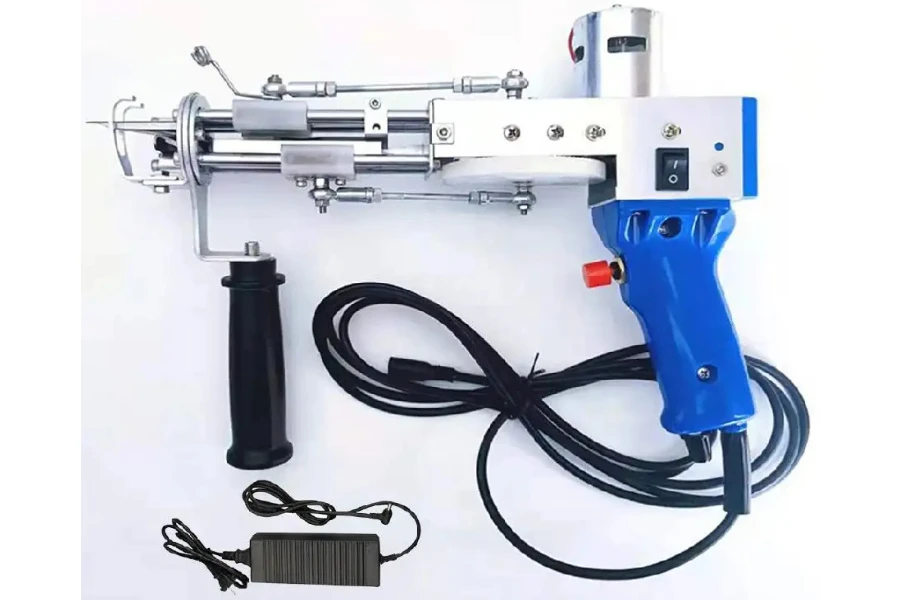
Manual flocking machines rely on human operation to carry out the flocking process. These machines usually include a handheld applicator or gun that dispenses flocking fibers onto the desired surface. The operator controls the application, manually determining the speed, direction, and coverage. Manual flocking machines are commonly employed for smaller-scale flocking tasks, craft projects, or touch-up work where precise control and attention to detail are crucial.
5. Automatic flocking machines
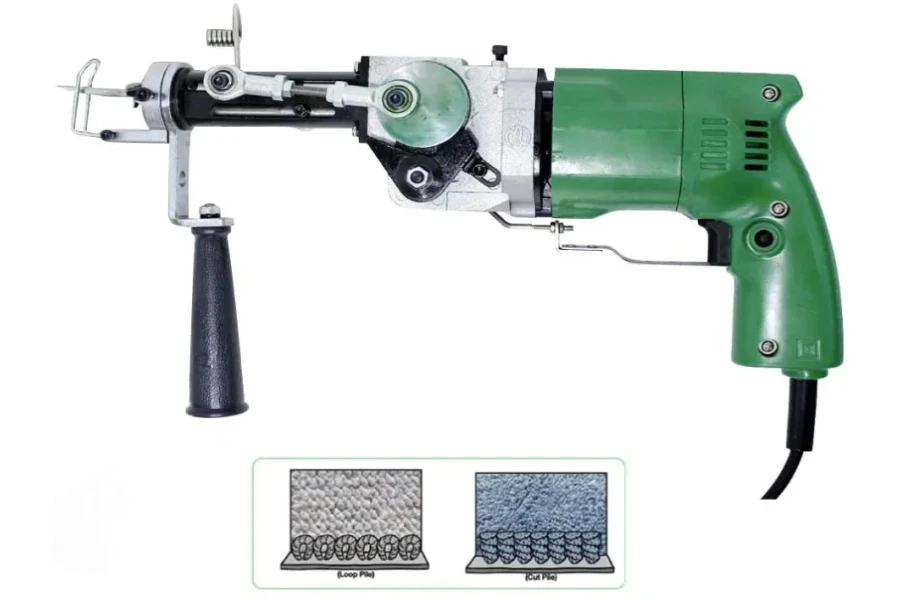
Automatic flocking machines are advanced and fully automated systems designed to handle large-scale flocking operations efficiently with minimal human involvement. Equipped with programmable controls and conveyor systems, these machines streamline the entire flocking process. Their ability to handle continuous and repetitive flocking tasks makes them ideal for industries that prioritize high production rates and consistent flocking quality, such as automotive manufacturing and large-scale textile production.
How to purchase the ideal flocking machine
1. Cost
Striking a balance between affordability and quality is key to making a worthwhile investment in flocking machines. On average, flocking machines can range in price from US $2,000 to US $50,000 or more, depending on machine type, capacity, features, and brand reputation. Carefully considering your budget and evaluating the total cost of ownership, you can make an informed decision that aligns with your financial resources and ensures a valuable investment.
2. Types
Take the time to become familiar with the various types of flocking machines available in the market, including electrostatic, air-assisted, rotary, manual, and automatic varieties. Understand each type’s distinct features, advantages, and limitations. This knowledge will allow you to decide which type of machine best fits your specific needs. Consider factors such as the desired level of precision and the size and shape of the objects to be flocked.
3. Capacity
Consider your production volume and the size of the objects that will need to be flocked. Focus on the machine’s working area, speed, and ability to accommodate objects of different sizes and shapes. Choosing a flocking machine with adjustable settings and adaptable configurations can offer additional flexibility. Depending on the specific model and manufacturer, flocking machines have a capacity range of approximately 100 to 10,000 square centimeters per minute.
4. Durability
Prioritize investing in a flocking machine constructed from durable and resilient materials. Take note of the quality of construction and the components used. Investing in reliable and sturdy machines ensures a longer lifespan and reduces the frequency of downtime and maintenance expenses. While lifespan can vary depending on usage and maintenance, a well-built flocking machine should typically last anywhere between 10 to 15 years.
5. Power source
Before purchasing a flocking machine, identify the power source it requires. Different machines may run on electricity, compressed air, or pneumatic systems. Consider the availability and cost of the required power source in your working environment. Compatibility between the machine and power supply ensures smooth and uninterrupted operation.
6. Safety features
Look for a flocking machine with essential safety features like emergency stop buttons, safety guards, and interlock systems. These features play a vital role in safeguarding operators from accidents and injuries during flocking. Additionally, ensure the machine complies with relevant safety standards and certifications, ensuring a secure working environment.
7. Compatibility
Confirm that the flocking machine you select is compatible with particular fibers, adhesives, and the most commonly used materials for the flocking you require. Also, consider these materials’ size, weight, and unique characteristics. Seek a machine that offers flexibility via easy settings adjustment to accommodate different types of materials. This flexibility helps to ensure optimal flocking results with various materials.
Conclusion
Purchasing the ideal flocking machine requires careful consideration of various factors. Assess your budget, evaluate the different types of flocking machines available, determine the machine’s capacity, prioritize durability and safety features, consider power source compatibility, and ensure the machine aligns with specific material requirements. If you’re in the market for any of the machines mentioned above, head to Chovm.com.




